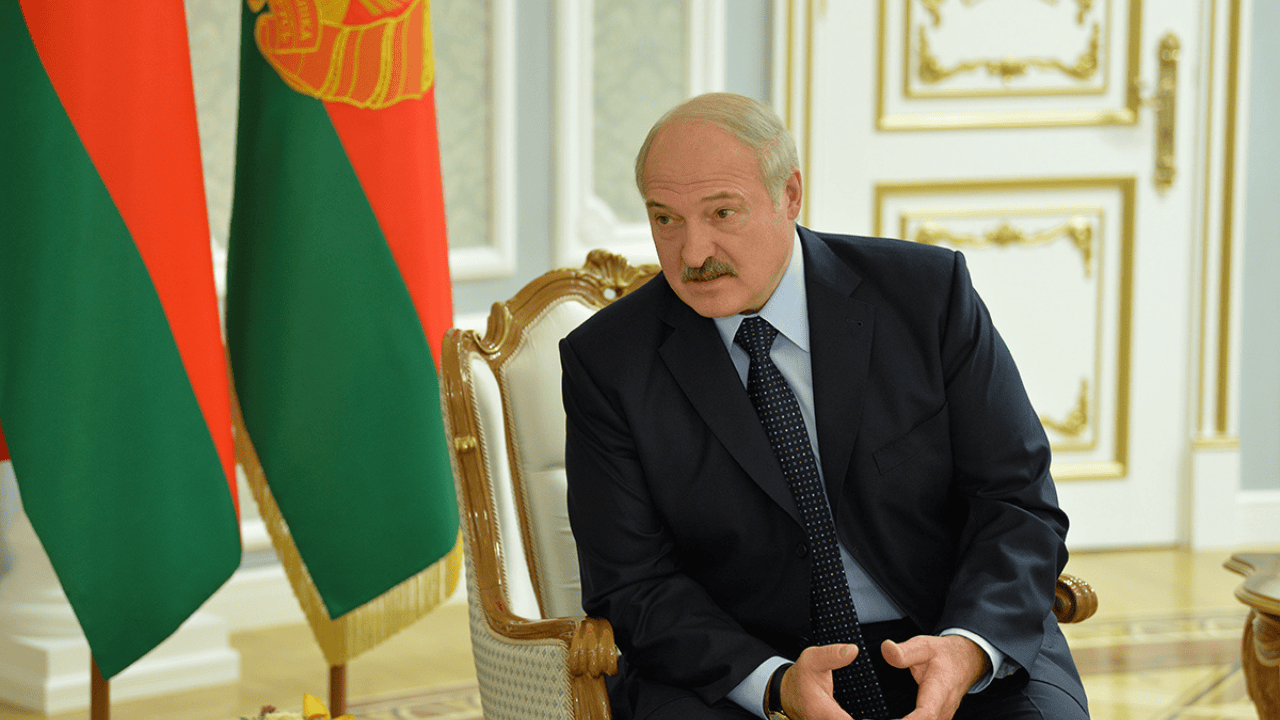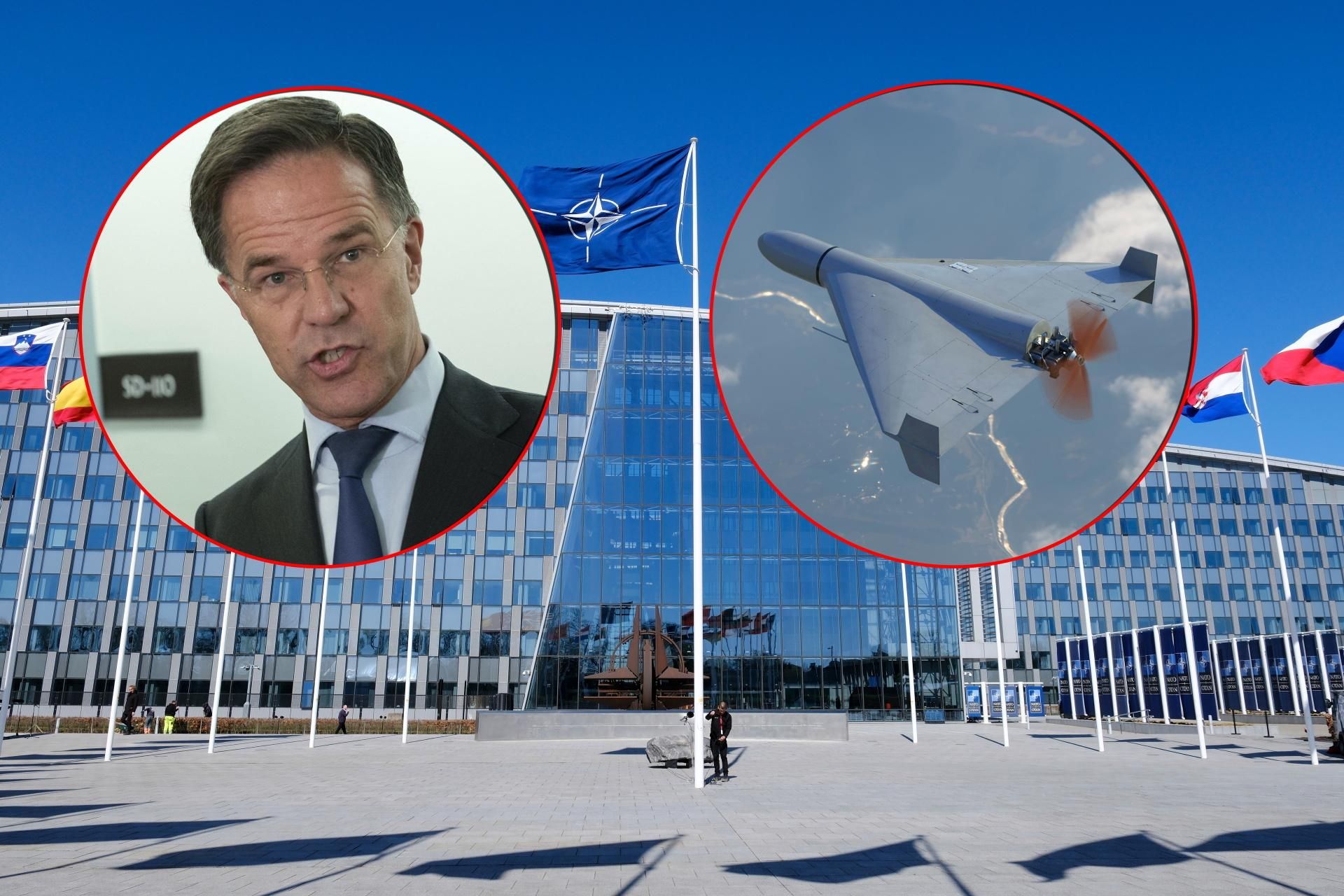
Trump’s Plan To End Currency War 3.0
Authored by James Rickards via DailyReckoning.com,
There has been a lot reported in recent days about the return of currency wars. With Trump 2.0 about to begin, let’s review his last term and what to expect in the second.

Trump badly bungled his transition after first being elected president in 2016. He was not ready with a long list of loyal appointees. Many of his senior appointments such as Rex Tillerson as Secretary of State, James Mattis as Secretary of Defense, and John Kelly as Chief of Staff secretly disliked Trump but accepted their roles as so-called “adult supervision” around the supposedly reckless Trump.
They thwarted his agenda. That backstabbing came on top of the large number of Obama holdovers in the Deep State who saw themselves as a “resistance” movement.
Trump is doing a better job of preparing for a second term as president, but the resistance is not sitting still either. As reported in The Washington Post, Politico, The Wall Street Journal, Yahoo Finance and other outlets, Trump is working on a secret plan to devalue the U.S. dollar. The goal would be to cheapen U.S. exports and thereby help the U.S. balance of trade and create exported-related jobs.
But critics say that this will only increase U.S. inflation as Americans have to pay more for their imported goods using cheaper dollars. The critics also say that other countries will retaliate against the U.S. by cheapening their own currencies (that’s the essence of a currency war) and no country will be any further ahead. In fact, the entire world will be worse off.
Rules of (Currency) War
Before looking more closely at what’s actually going on, some basics about a currency war should be explained.
The first rule is that the world is not always in a currency war. The periods from 1944 to 1971 (the original Bretton Woods era) and from 1987 to 2010 (the period of the Washington Consensus) were times of currency peace. This contrasts with 1921-1936 (Currency War I), 1967-1987 (Currency War II), and the current period since 2010 (Currency War III).
The second rule is that when we are in a currency war, they can last for fifteen years or longer. It comes as no surprise that the currency war that commenced in 2010 is still going strong 14 years later in 2024. And that points to another key aspect of this debate.
The currency war being written about today by the media is not a new currency war. It’s the same one that has been going on since 2010. We’re simply in a new phase or a new battle.
It is true that cheapening your currency can import inflation. Sometimes that’s a legitimate policy goal if your country has been suffering from deflation. That’s obviously not the case in the U.S. today.
It’s also true that cheapening your currency can export deflation as trading partners pay less for your goods. That’s what China was doing to the entire world from 1994 to 2010 and that’s why the U.S. launched a currency war in 2010 – to fight back against disinflation and borderline deflation caused by cheap Chinese goods.
Currency wars can also shift jobs overseas and destroy domestic manufacturing as the terms of trade shift based on changing currency values. Retaliation is always waiting right around the corner in any currency war. The U.S. dollar hit an all-time low in August 2011, which was consistent with the U.S. goal of trying to import inflation.
But Europe struck back, and the EUR/USD cross-rate crashed from $1.60 to $1.04 as a result. So, it is correct that no one wins a currency war, and everyone is damaged in the process due to volatility, uncertainty, and the costs of conducting the war.
Trump’s Plan: Currency Peace
So, are the critics right that Trump has a secret plan to devalue the dollar? And are they right that this new stage in the currency war will bring inflation and hurt the U.S. economy?
The critics are wrong and don’t understand what Trump is actually trying to do. Trump is not trying to start a currency war; he’s trying to end it once and for all.
In the first place, no president has the power to unilaterally devalue the dollar. That might have been possible under the gold standard or some standard of fixed exchange rates, but that has not been the state of the world since 1973.
Exchange rates fluctuate based on a number of factors including interest rates, industrial growth, exchange controls, central bank interventions, capital flows, tax rates and many other macroeconomic variables. But the idea that the president can just wave his hand and devalue the dollar is false.
Far from the reckless, inflationary process the media claim, Trump’s actual plan is based on the highly successful model developed by James Baker for Ronald Reagan and implemented in the Plaza Accord of 1985 and the Louvre Accord of 1987.
After the severe economic recession of 1982 and Paul Volcker’s policy of moving interest rates to 20%, inflation in the U.S. was finally reigned in. Inflation dropped from 13.5% in 1980, to 6.1% in 1982, and then 3.2% in 1983. Investment in the U.S. went on a tear. U.S. real growth was 16% from 1983 to 1986. Everyone wanted dollars to invest in the U.S. and the dollar boomed reaching an all-time high in 1985.
Finally, the Reagan administration decided the U.S. dollar was too strong and was hurting U.S. exports and jobs. Treasury Secretary James Baker convened a meeting of the finance ministers of France, Germany, Japan, the UK, and the U.S. at the Plaza Hotel in New York City. The purpose was not to fight a currency war. The purpose was to create order in currency markets out of the chaos that had prevailed since 1973.
The parties reached a joint agreement that would devalue the U.S. dollar in an orderly fashion versus the French Franc, Japanese Yen, UK pounds sterling, and the German Deutschemark. Once the targeted level for the dollar was achieved, the parties would use their best efforts, including market intervention as needed to maintain those levels within narrow bands.
A separate meeting in Paris at the Louvre in 1987 agreed that the devaluation phase was over, and the dollar would be maintained at the new parities. This was not currency war; it was currency peace achieved by agreement and implemented in a cooperative fashion. The Louvre Accord (this time including the U.S., UK, France, Germany, Japan and Canada) ushered in a period of global prosperity that lasted twenty years until the Global Financial Crisis of 2008.
Trump’s goal is to repeat the success of the Plaza and Louvre Accords. Trump’s advisor on this is Robert Lighthizer, who is one of the most brilliant financial minds around and was Trump’s U.S. Trade Representative (2017-2021).
Lighthizer was also USTR for Ronald Reagan from 1983 to 1985 so he’s a veteran of prior currency wars and was in the administration around the time the Plaza Accord was being developed. Lighthizer is the perfect individual to help Trump achieve the kind of success that Reagan and Baker had in the 1980s.
The media are trying to portray Trump as reckless when in fact he’s proposing something highly beneficial for U.S. jobs and U.S. industry. Don’t be fooled by false claims of new currency wars. Trump is trying to achieve a new era of currency stability and lasting prosperity.
Tyler Durden
Sun, 01/05/2025 – 10:30

 8 miesięcy temu
8 miesięcy temu












